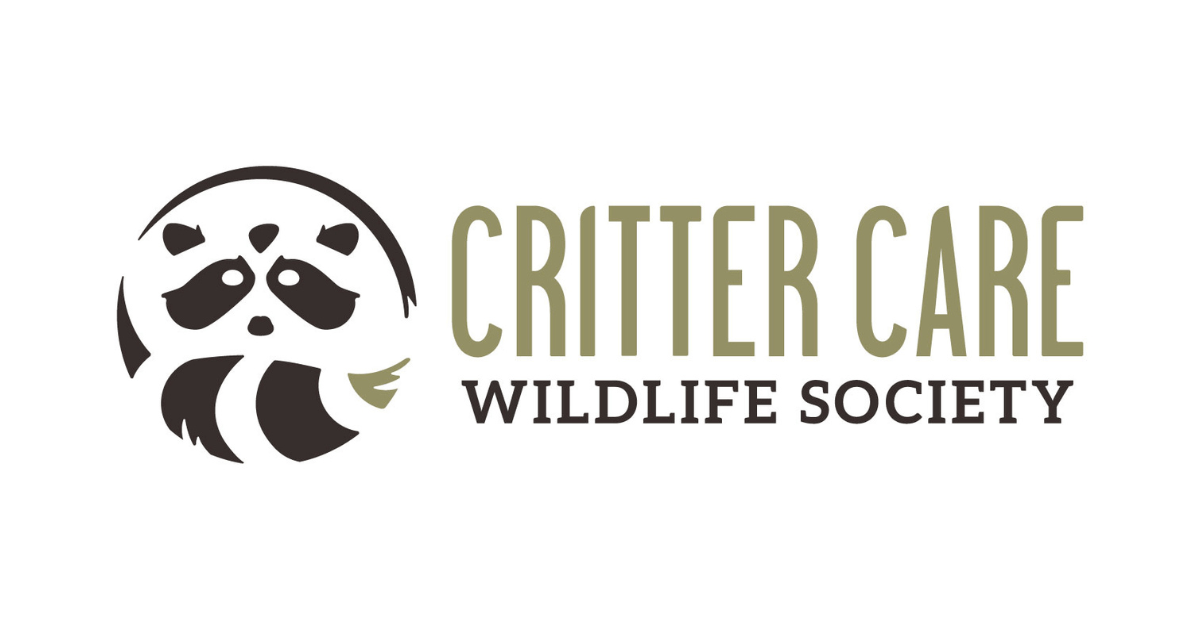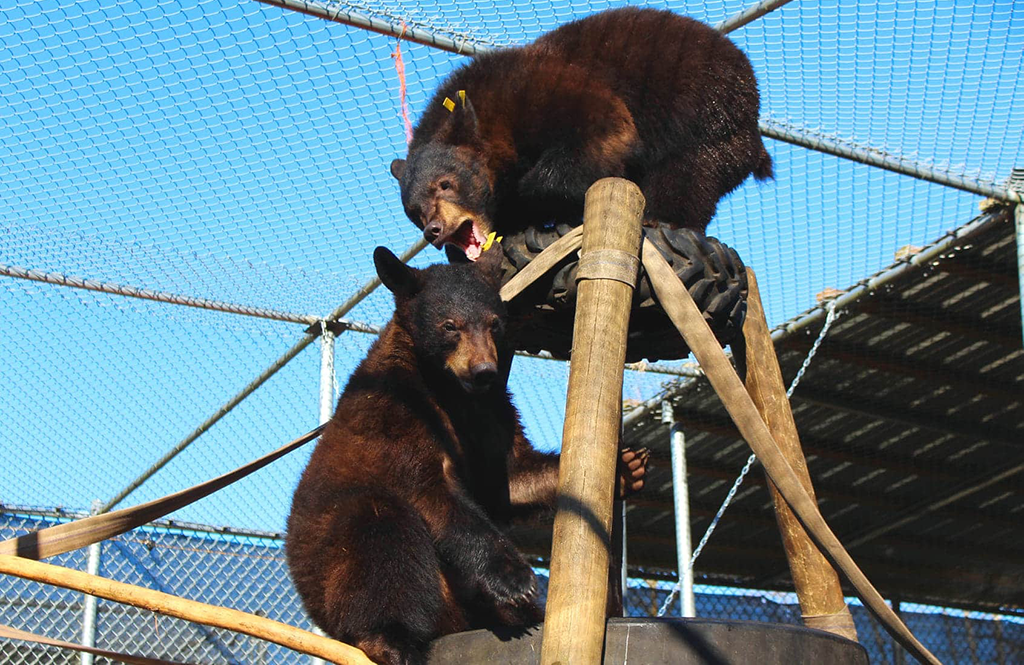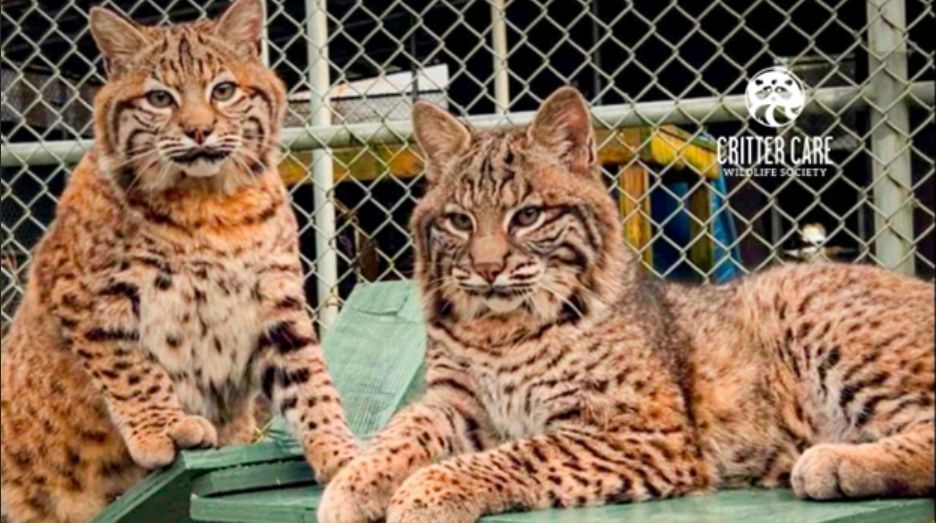What is here today can be gone tomorrow. Every life is a miracle, every life deserves a second chance.
- Gail Martin -
Getting to know the North American Porcupine
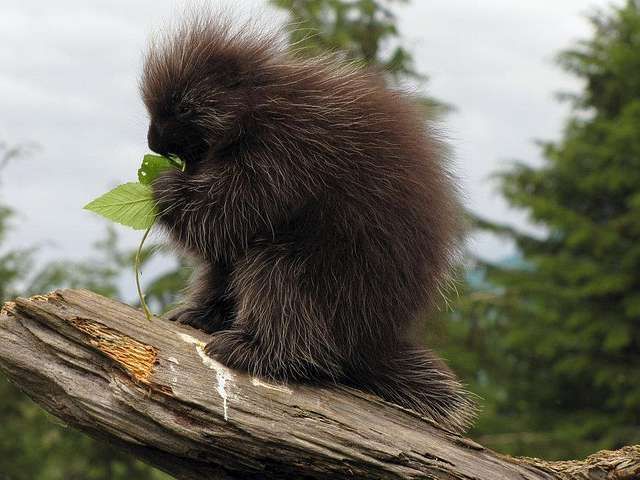
The Basics
The North American porcupine (Erethizon dorsatum) or Canadian porcupine, is a large rodent, covered with quills that it uses to defend itself. Their short legs carry a squat body, small face and short, thick tail. They can weigh any where from, 3.5 to 18 kg (7.7 to 39.7 lb). The average female, weighs less than the typical male. Not including the tail, which can be, 14.5 to 30 cm (5.7 to 11.8 in), long, they range in lengths of 60 to 90 cm (2.0 to 3.0 ft). They are typically black to dark brown in colour, with white highlights. They can be found through out most of Canada, much of the U.S. and in the Northern mountains of Mexico.
Porcupines can most often be found in trees and bushes, feasting on the buds and twigs they find so appetizing. They will also strip and munch on the tender bark of these trees and bushes. Because they climb, and inevitably fall out of these trees, they tend to get stuck with their own quills, so to deal with this, their skin carries its own antibiotics.
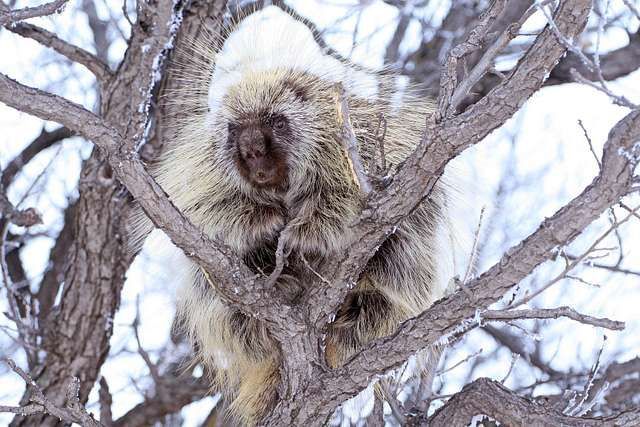
How they defend themselves
What sets the porcupine apart? Their primary defensive mechanism is, of course, the quills! They have, on average, some 30 000 quills covering their entire body, apart from, the face, feet, and belly. These quills, are actually hairs, that have become sharp, hollow spines, they are also barbed. Most of the time, the quills lay flat against the body, however, when threatened, they can make their quills stand up straight and away from the body. This makes it easier for the quills to come out and lodge into the face or mouth of its attacker. They will also turn their back to the attacker to expose as many quills as possible. They also make warning calls.
As a last resort, they will climb into a tree.
A secondary defence is the strong odour they emit as a warning to would-be predators, and when feeling threatened, they can increase the strength of the smell. People have described this scent as a strong, human body odour, it may not be your teenage son after all!
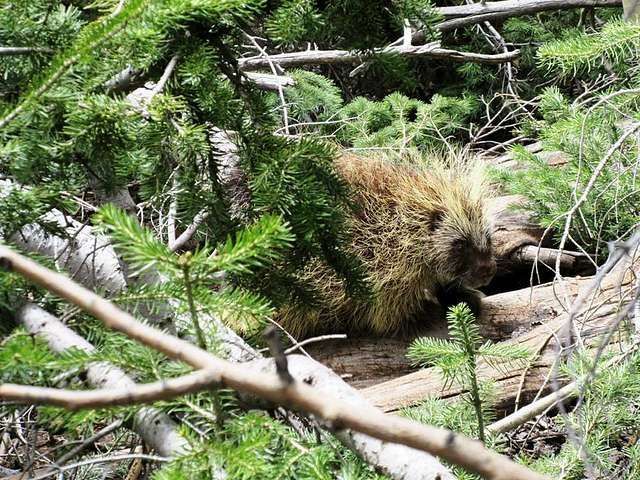
Some more information
Their diet varies, from summer to winter; during the summer, they will eat berries, nuts, leaves, twigs, roots, and stems. As well, they will eat a small variety of bugs. Though the cold winter months, they will be found eating bark and the needles off conifer trees.
Animals that prey on the porcupine are fishers, wolves, coyotes, wolverines, black bears and cougars. The only birds of prey known to hunt porcupines are the great-horned owl and golden eagle. Humans also hunt the porcupine for its meat and quills.
They don't hibernate, but stay near their dens in the winter, though they do tend to sleep-in during the cold, dark days. Who doesn't?
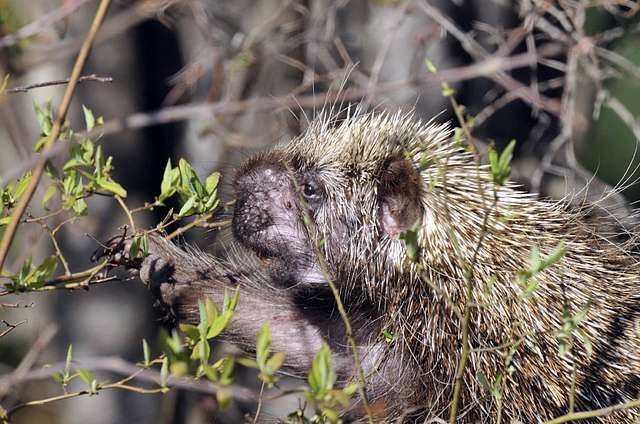
Some fun facts
- Porcupines can live up to 30 years in the wild.
- Unlike most herbivores, porcupines lead a solitary life.
- A common misconception is that they can “throw” their quills, they cannot.
- First nations peoples use the quills to decorate clothing and baskets.
- They enjoy to sit at the top of trees in the summer sun.
- They love salty things, and have been known to munch on sweaty boots and gloves, left outside tents by campers and forest workers.
- Sometimes called the, quill pig, The Chipewyan call them, ts’l. And the Cree call them, kâwiyak.
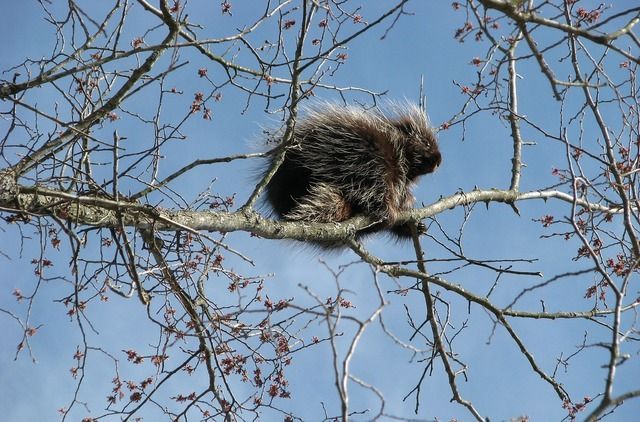
So the next time you are out-and-about, look around, look up, and you may get to see a beautiful, porcupine!
Critter Care Wildlife Society News

Sign up to get inspiring stories of rescue,
rehabilitation and release from Critter Care
Be the first to receive our newsletter, new blog posts, and updates
about our most critical needs and community news.
Thank you for signing up. We will be sending important updates right to your inbox.
Please try again later.
